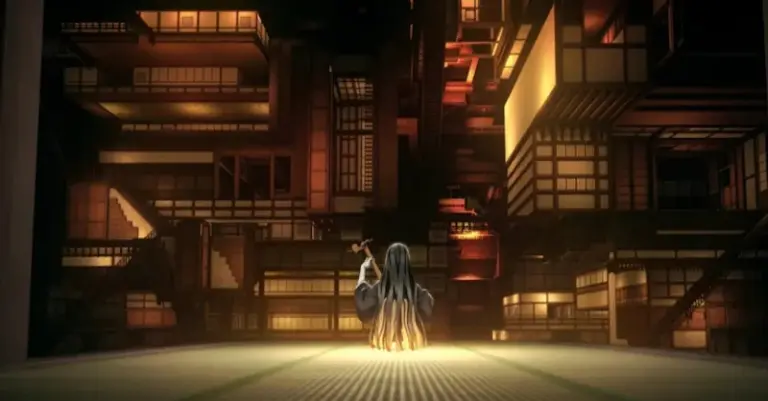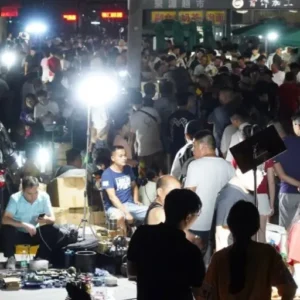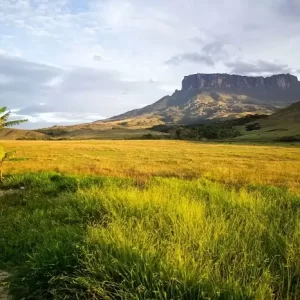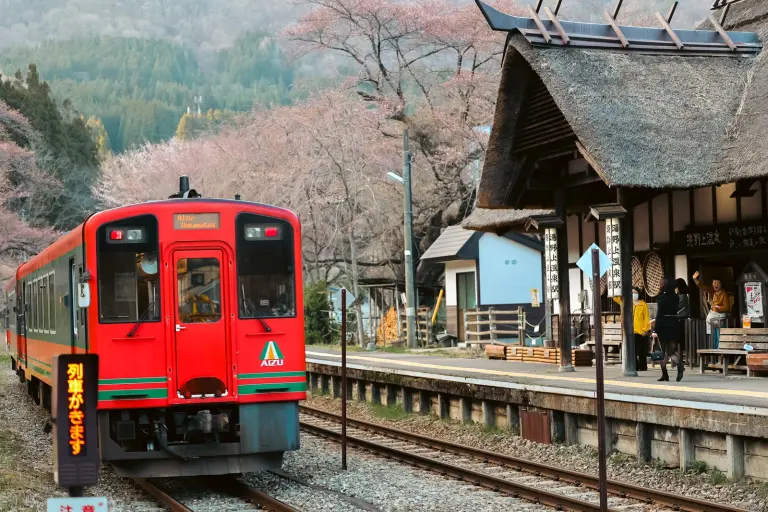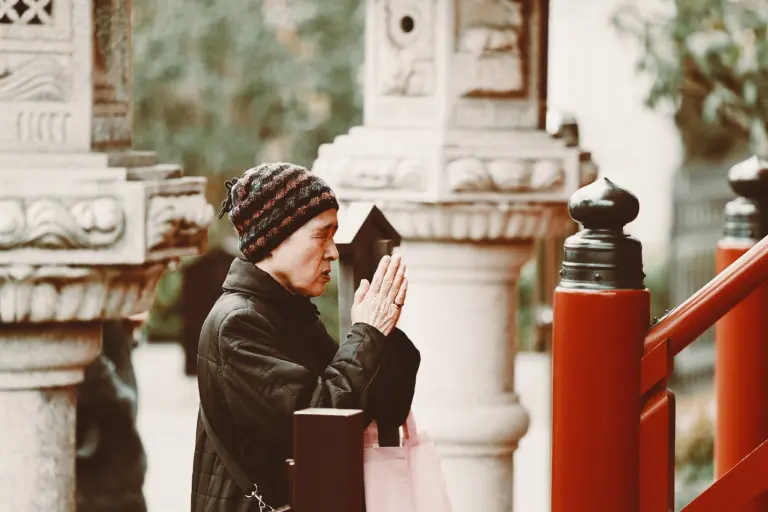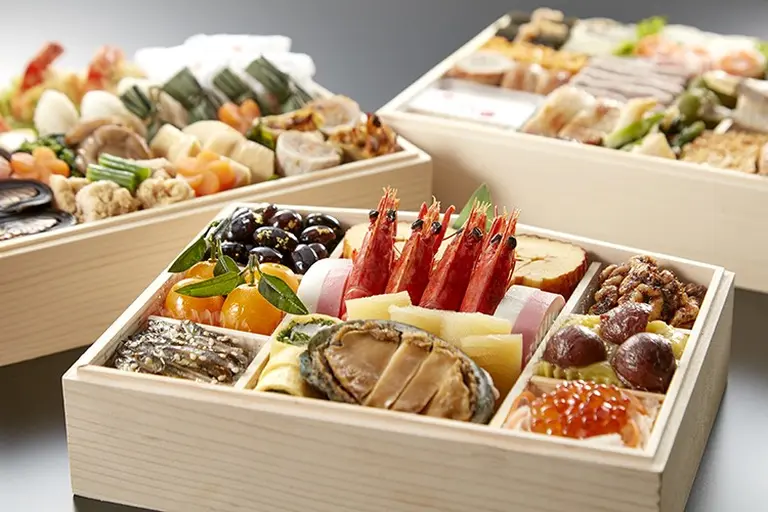On March 11, 2011, a massive earthquake and subsequent tsunami struck Japan, leaving nearly 16,000 people dead and thousands missing. The catastrophe triggered hydrogen leaks and at least three explosions at the Fukushima Daiichi nuclear power plant. At the time, Japan’s Prime Minister declared it the nation’s most severe crisis since World War II. The earthquake itself was the strongest to hit the country in more than 120 years. Yet today, Fukushima is slowly but steadily rising again.
A Land Once Frozen in Time
Eight years after the tragedy, Fukushima still carries the weight of memory. The explosions at Fukushima Daiichi were the world’s second-largest nuclear accident after Chernobyl, and entire communities were evacuated. Once-bustling neighborhoods became ghost towns, with only wild boars and stray animals roaming deserted streets.
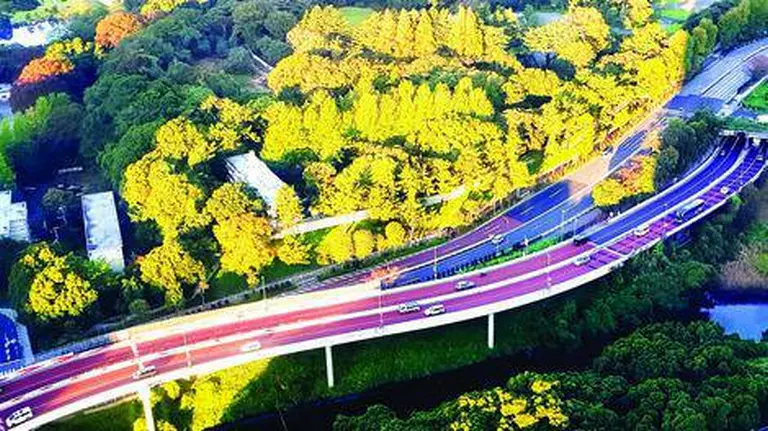
Around the restricted zone, some schools reopened, teaching children about disaster preparedness and nuclear safety. Public trains resumed in nearby safe areas, while only a fraction of residents cautiously returned. Radiation cleanup continues, with experts estimating decades before full decontamination. Yet, small signs of recovery are visible: local families reopening inns, farmers planting crops again, and communities cautiously welcoming visitors.
>> Nagatani village, Japan: The ghost hamlet that refused to drown
Resilience and Everyday Life
Local residents openly admit the return has been challenging. “It has not been easy,” says Tomoko, who reopened a guesthouse for curious travelers. “But we want people to see both the tragedy and our recovery.” Indeed, foreign visitors come not only to hear survivors’ stories but also to experience Fukushima’s landscapes, food, and traditions.
Despite the past, autumn in Fukushima is breathtaking. Golden ginkgo trees, crisp mountain air, and quiet resorts create a picture far removed from the image of disaster. Nature plays a central role in healing the land, with forests, hot springs, and colorful lakes attracting travelers.
One highlight is the Five-Colored Lakes (Goshiki-numa), born from a volcanic eruption in 1888. Their mysterious hues—caused by minerals like iron oxide and manganese—shift with light and season, making each visit unique. Surrounded by maple trees that blaze red and gold in autumn, the lakes resemble a living painting.
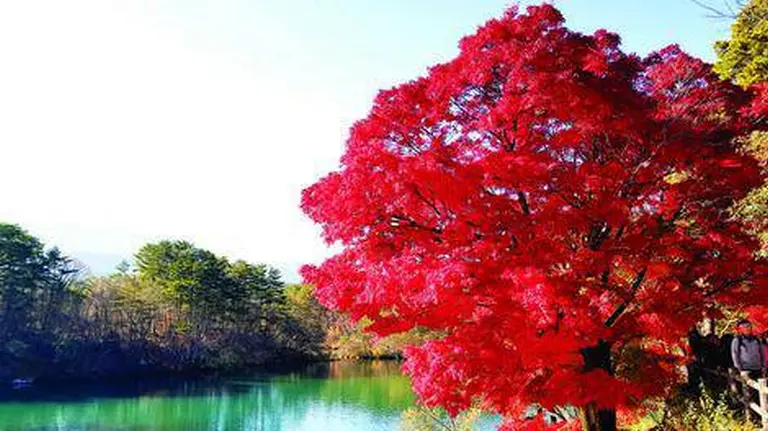
>> An abandoned school swallowed by nature after 47 years – A scene straight out of a Ghibli film
Fukushima Today
The government has declared many parts of Fukushima safe, supported by years of transparent testing of food, water, and air. This recovery story even inspired the Tokyo 2020 Olympic Torch Relay to begin in Fukushima, symbolizing hope and resilience.
Tourism campaigns now highlight the prefecture’s natural beauty, from onsen (hot springs) to fruit orchards. Farmers proudly cultivate apples, peaches, and pears once again, while eco-farms and orchards invite visitors to pick fruit straight from the trees.
For many travelers, it is easy to forget they are in a place once defined by tragedy. Instead, Fukushima now represents rebirth—where scars remain, but life, culture, and nature shine stronger than ever.

